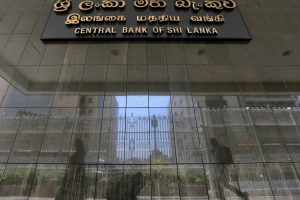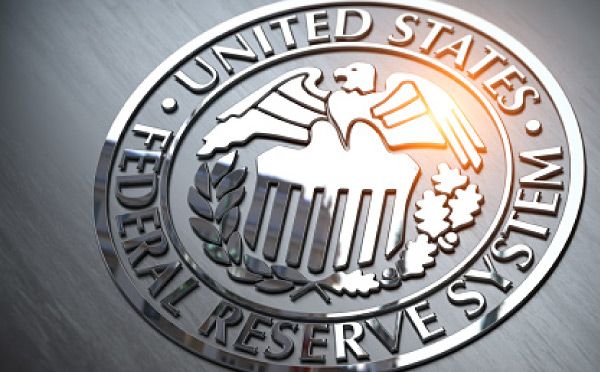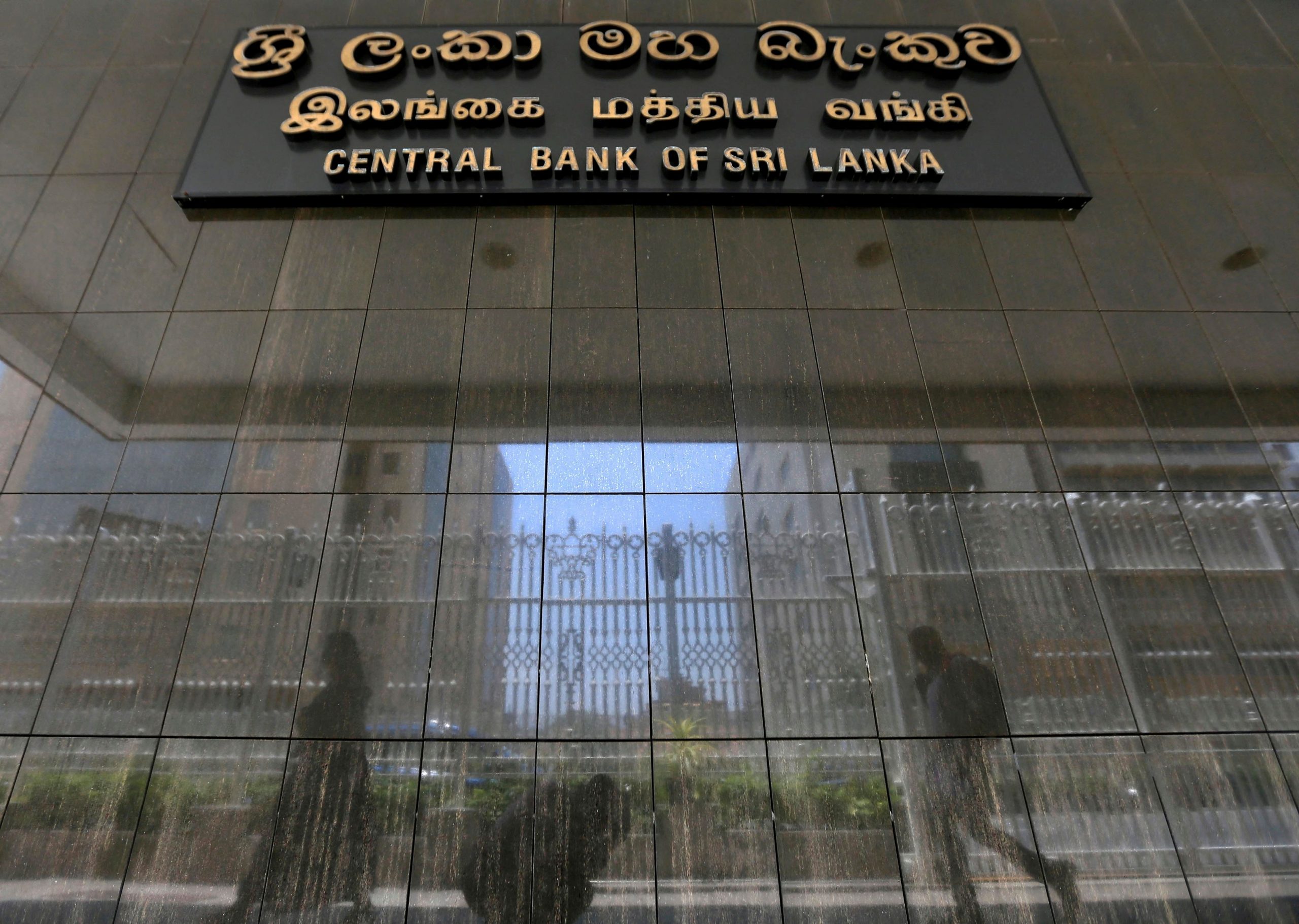During the first quarter, banks have made it harder for businesses and households to obtain loans, as reported by the Federal Reserve’s quarterly survey of senior loan officers. This trend is expected to continue throughout 2023, as lending standards are expected to tighten further. This survey is closely monitored, as it indicates the potential risks to the US economic growth posed by challenges in the banking industry.
The Federal Reserve has also issued a warning that banks with significant exposure to commercial real estate could experience credit losses if there is a significant decrease in commercial property prices. Furthermore, if credit availability were to contract sharply, businesses and households would face higher funding costs, potentially leading to an economic slowdown.
Banks have identified several reasons for tightening lending standards, including concerns about their loan portfolios’ credit quality and collateral values, decreased risk tolerance, and worries about bank funding and liquidity due to deposit outflows.
The tightening of lending standards could have significant implications for economic growth. If businesses and households find it harder to access credit, they may reduce spending, which could lead to a slowdown in economic activity.
The tightening of lending standards could also have implications for industries that rely heavily on borrowing, such as real estate. If borrowers are forced to refinance commercial properties at higher rates, it could cause a wave of defaults across the US, which would lead to a significant contraction in credit and an economic slowdown.
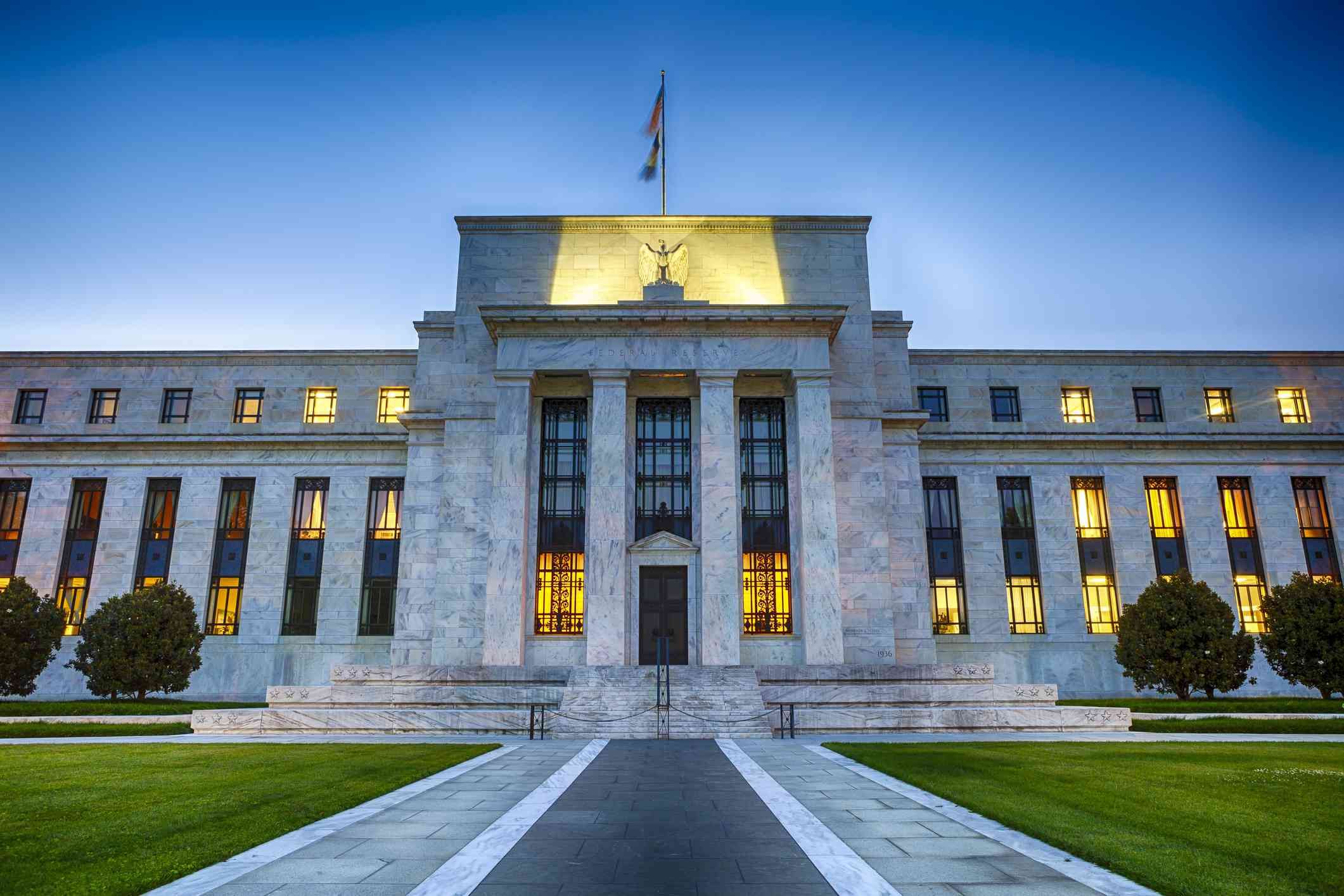 The Federal Reserve’s warning about the potential for a credit crunch underscores the vital importance of maintaining a stable banking system. The provision of credit and funding by banks is a critical component of the economy, supporting both businesses and households. The tightening of lending standards may lead to a reduction in credit availability, which in turn could have a detrimental effect on economic growth. It remains unclear how the banking industry will navigate these challenges, as banks need to balance the need for responsible lending practices with the imperative to provide credit to support growth. Policymakers may need to consider additional measures to promote banking stability, which is crucial for the long-term health of the US economy.
The Federal Reserve’s warning about the potential for a credit crunch underscores the vital importance of maintaining a stable banking system. The provision of credit and funding by banks is a critical component of the economy, supporting both businesses and households. The tightening of lending standards may lead to a reduction in credit availability, which in turn could have a detrimental effect on economic growth. It remains unclear how the banking industry will navigate these challenges, as banks need to balance the need for responsible lending practices with the imperative to provide credit to support growth. Policymakers may need to consider additional measures to promote banking stability, which is crucial for the long-term health of the US economy.
The implications of tighter lending standards are particularly significant for industries that rely heavily on borrowing in the US economy, with the commercial real estate sector being a prime example. If borrowers are compelled to refinance commercial properties at higher rates, this could trigger a wave of defaults across the country, resulting in a significant contraction in credit availability and a slowdown in economic activity.
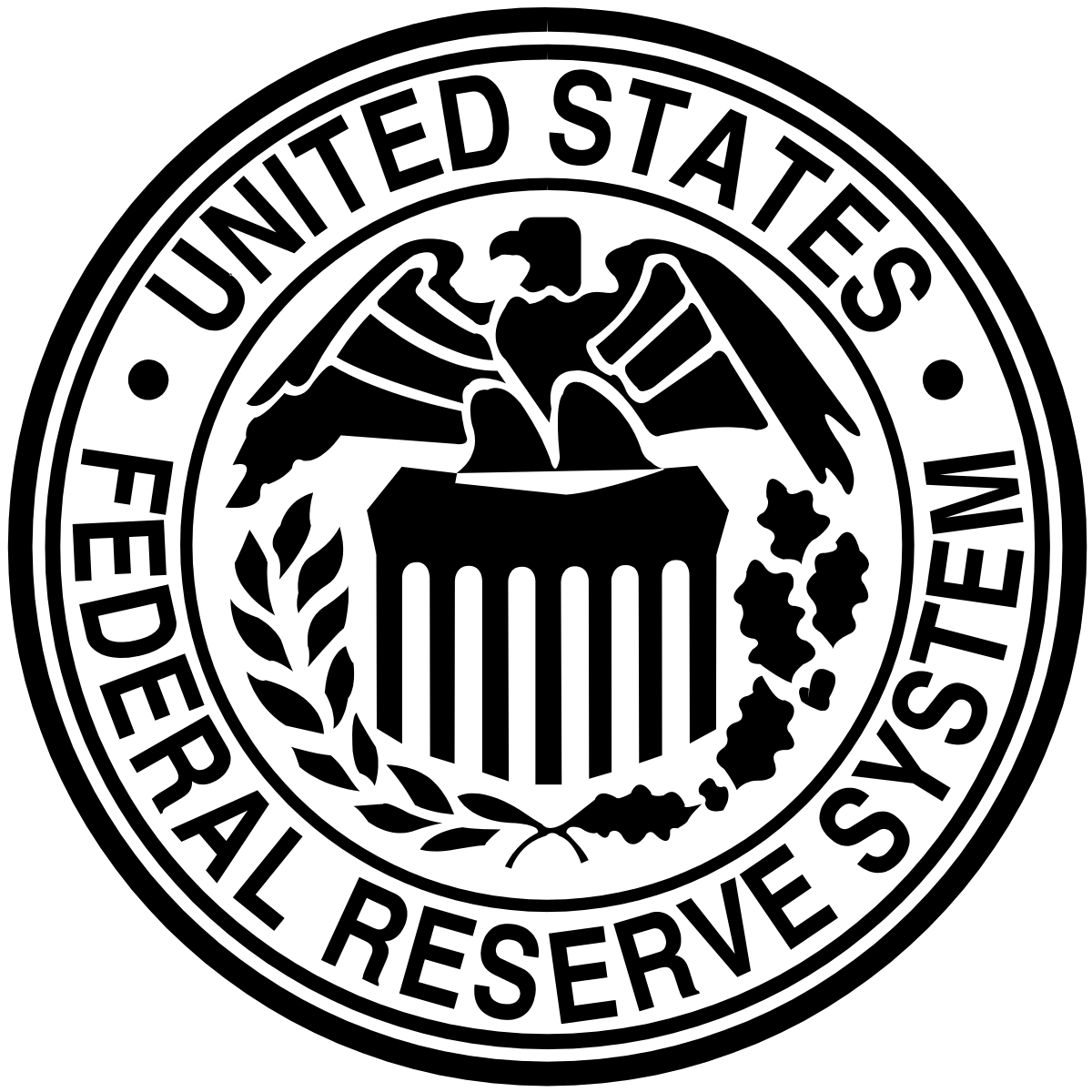 Moreover, if businesses and households find it harder to access credit, it could reduce their spending and investment, which would limit economic growth. Therefore, it is crucial to maintain a stable banking system that can provide credit and funding to businesses and households.
Moreover, if businesses and households find it harder to access credit, it could reduce their spending and investment, which would limit economic growth. Therefore, it is crucial to maintain a stable banking system that can provide credit and funding to businesses and households.
To mitigate the risks associated with a credit crunch, policymakers may need to consider additional measures to support lending and ensure the stability of the banking system. This could include measures to boost bank liquidity, such as increasing reserves or implementing temporary loan guarantees.
Overall, the Federal Reserve’s warning about the risk of a credit crunch highlights the importance of maintaining a stable banking system. Policymakers must balance the need to maintain sound lending practices with the need to provide credit to support economic growth. By taking steps to support lending and ensure the stability of the banking system, policymakers can help mitigate the risks associated with a credit crunch and support economic growth in the long term.
